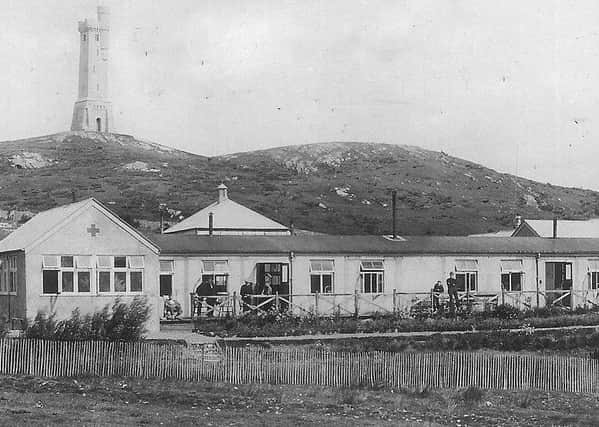Looking Back: Treating the islanders infected with Tuberculosis


It was recognised in 1870 as a major health problem and declared the single greatest killer in the island’s history. The Red Cross built the Willowglen Sanatorium during the First World War for the isolation and treatment of patients with TB and transferred ownership to the local authorities in 1920.
It initially treated only ex-servicemen, but this was quickly extended to any male sufferers, with a ward added later for females
Advertisement
Hide AdAdvertisement
Hide AdIn 1938 a specialist infectious diseases wing was added to replace Mossend Fever Hospital.
There were 41 cases of infectious diseases and five children with TB treated in 1920. By this time tuberculosis was becoming rife throughout the island and very often patients didn’t seek treatment until it was too late because of being ashamed of having the disease. 1923 saw the greatest number of deaths from TB ever recorded.
Tuberculosis treatment saw huge improvement in the 1950s with the development of streptomycin and there was no longer a need for dedicated TB treatment establishments.
The Willowglen Sanatorium therefore became the County Hospital for minor ailments and a war veterans’ convalescence home.
Advertisement
Hide AdAdvertisement
Hide AdUpon opening in 1992, the Western Isles Hospital fulfilled the combined roles of the County Hospital and old Lewis Cottage Hospital. The County Hospital was closed and demolished, leaving no signs of the original building.